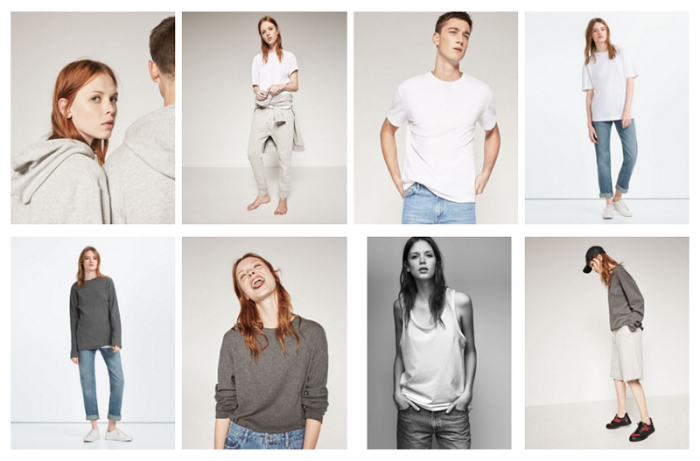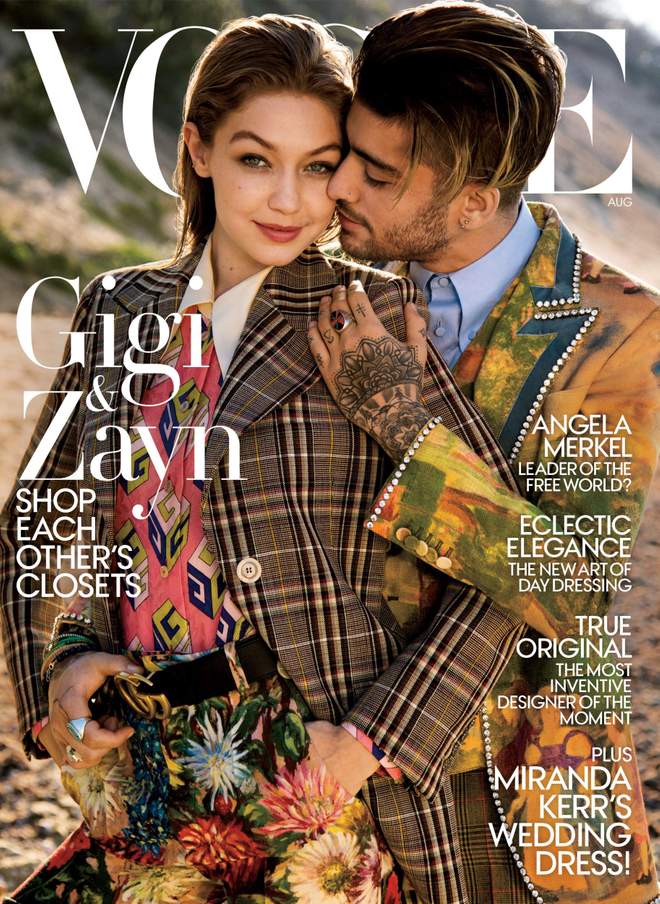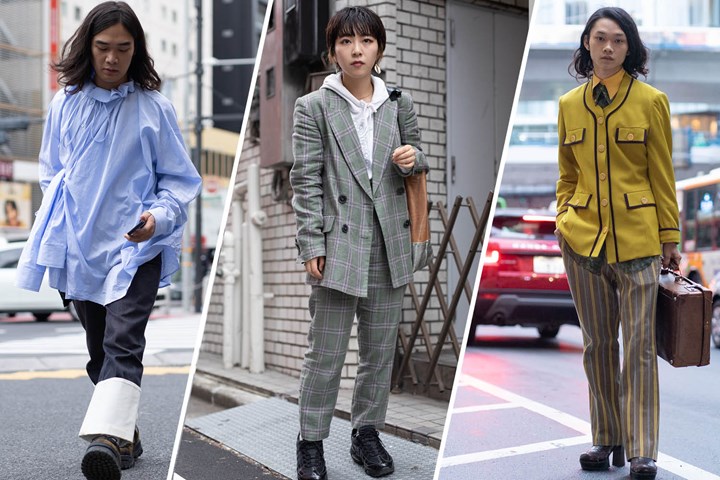Let’s be honest here, in the world of gender-neutral fashion – we’re slacking.

For a while now, we’ve seen words like “gender-neutral”, “unisex” and “genderless” being thrown out by a few recognisable names in the fashion industry.
While we’ve applauded many fashion houses and affordable brands for their attempts to create or adopt “genderless” and “gender-neutral” options for their customers, we’ve seen equal amounts of failures on their part.
Many popular brands such as ASOS and Zara proudly released their line of gender-neutral clothing, filled with traditionally masculine clothing, then sat back and thought they did something grand. I won’t completely knock their efforts though because even though they didn’t get it completely right, they’re trying.

Although, I can’t help but feel that these inadequate clothing lines are either half-arsing their way to inclusivity or are trying to introduce it subtly and gently to mainstream consumers.
Either way, it looks a little familiar to Vogue’s cover of Gigi Hadid and Zayn Malik back in 2017 that claimed the couple were “breaking gender codes” while styling both in suits for the photo shoot. The strange thing is: the couple don’t really break any gender codes. They just…borrow each other’s t-shirts sometimes.

The issue with gender-neutral clothing that is made and sold is that it often excludes styles and designs that are feminine rather than incorporating it. T-shirts and hoodies are not the be-end and end-all of gender fluidity, people.
While perusing through these dull collections with muted colours, baggy shirts, baggy pants and well-baggy everything: I began to wonder when we decided that “masculine” meant “neutral”.
“In mainstream fashion, the collections aren’t so much genderless as toned-down versions of male clothing. H&M’s collection, for example, looked distinctly masculine; there were plenty of trousers for women, but no skirts for men,” said Neil Saunders, Managing Director and Retail Analyst at GlobalData Retail.
If we think about it, it’s much more commonly accepted for women to abandon traditionally feminine clothing and wear men’s clothing than it is for men to wear women’s clothes. Here I’ll reference Audrey Williams in saying, “Girl clothes are for girls and boy clothes are for everyone.”
Who’s to say any person that identifies as gender-fluid or gender-neutral doesn’t want to throw on a dress or a skirt every now-and-then?
More and more we see women gracing the covers of magazines, runways, and Instagram feeds with androgynous styles and are met with praise and a plethora of heart-eye emoji’s. Yet, I can’t say that I’ve seen that volume of positive feedback for men that bend the rules of heteronormative fashion in the same way.
We all love seeing a young Johnny Depp in a crop top, but can we say the same for the rest of the male population?
We, as a society, should stop pretending non-gendered clothing is a bigger deal than what it really is – style expression with no rules.
Japan’s been acing fluid gender and sexuality expression through fashion for centuries. The reason for this, as suggested by author Masafumi Mondon, may be due to the value that Japanese people place on fashion. Basically, being a fashion-conscious male does not undermine your masculinity, nor does it dictate your sexuality.

I can’t be the only one that thinks we should be taking some tips from the Japanese model of style expression.
What’s the solution here? Stop releasing gendered clothing and claiming you offer gender-neutral clothing. Also, start including traits of femininity and masculinity in the unisex clothing you offer.
Alternatively, I’d suggest – this might seem a little bit out there – not having any gendered categories in store or online and just letting people browse freely for their clothing.
Let us know what you think about genderless fashion in the comments down below!






